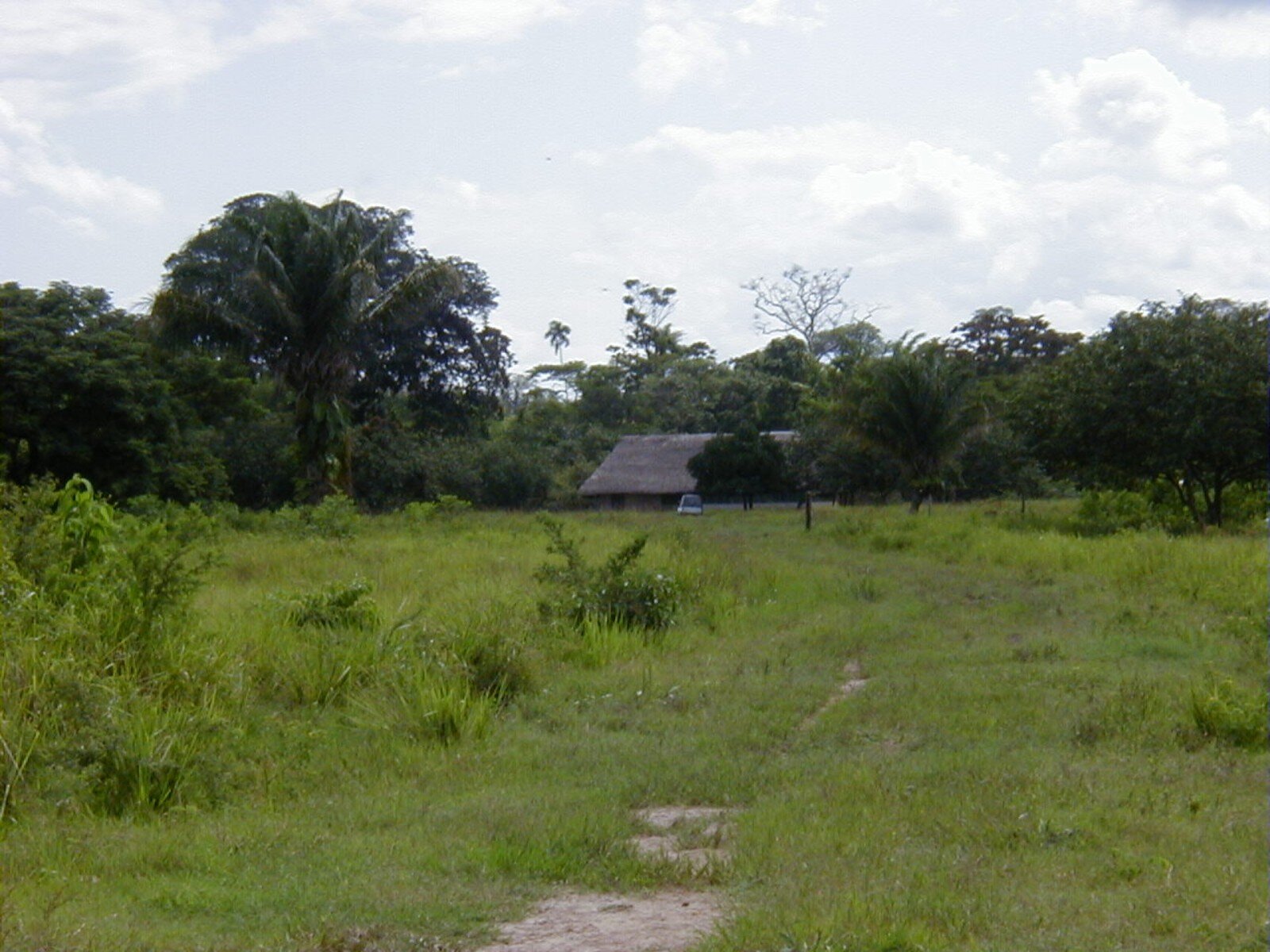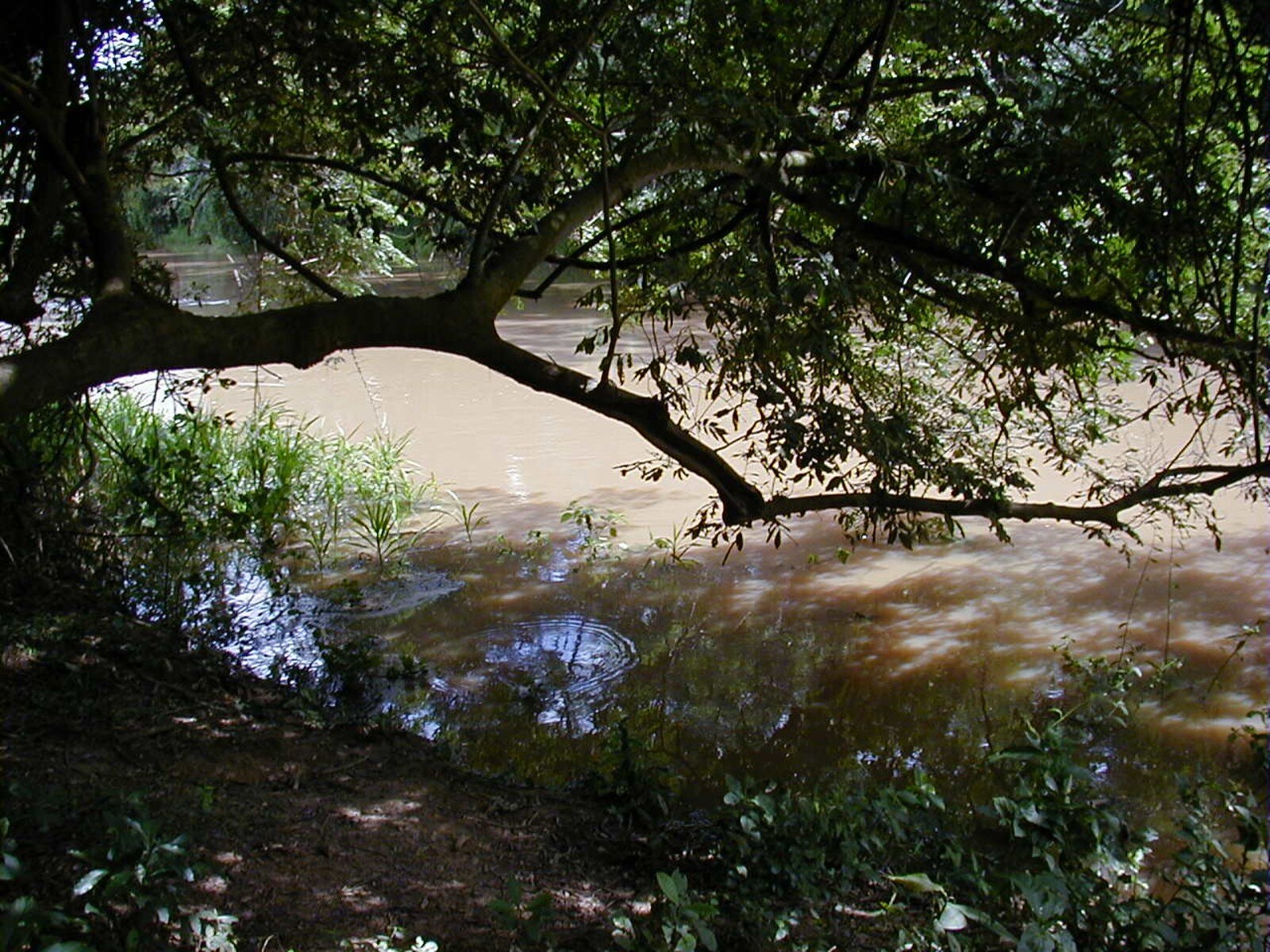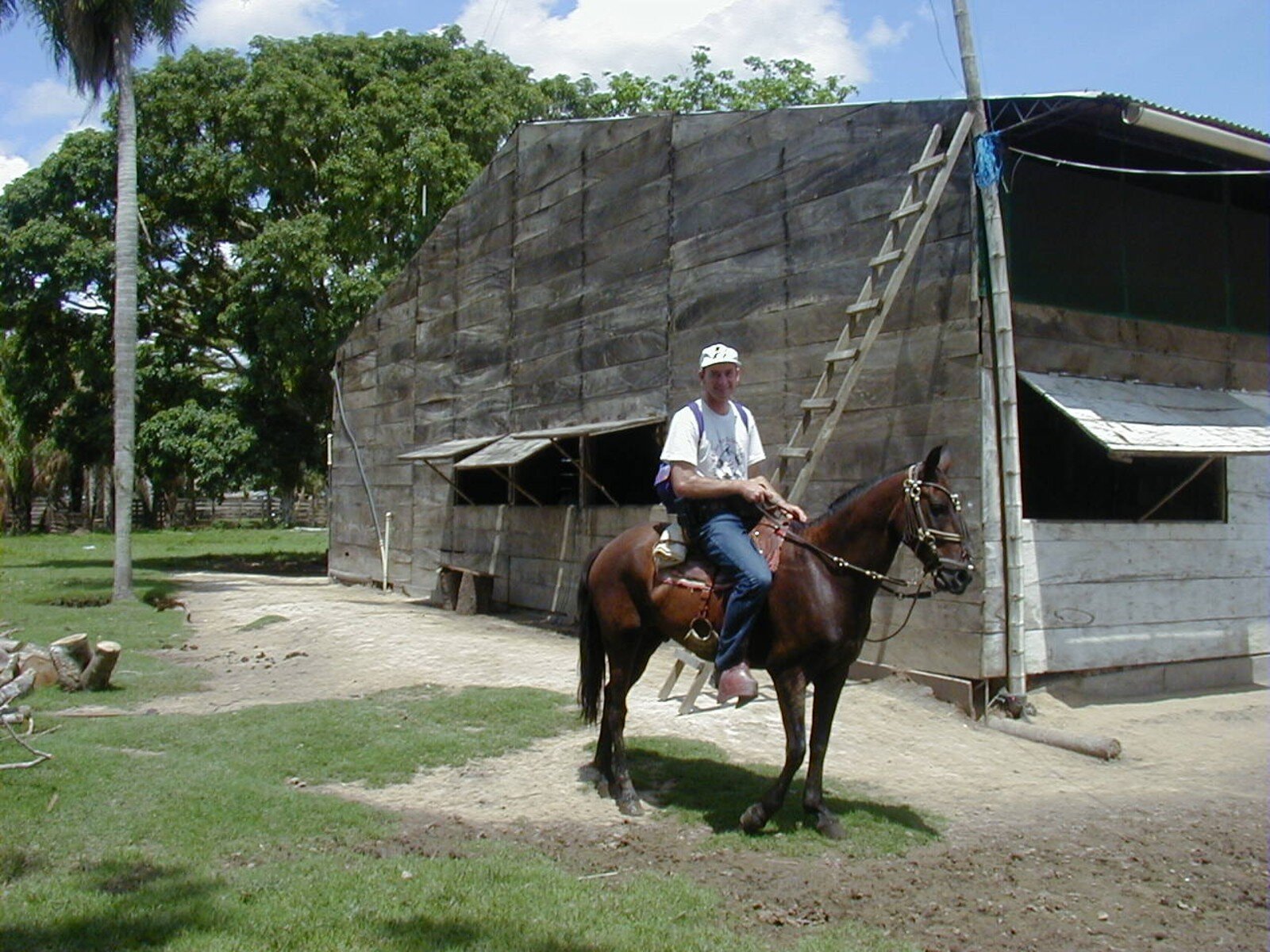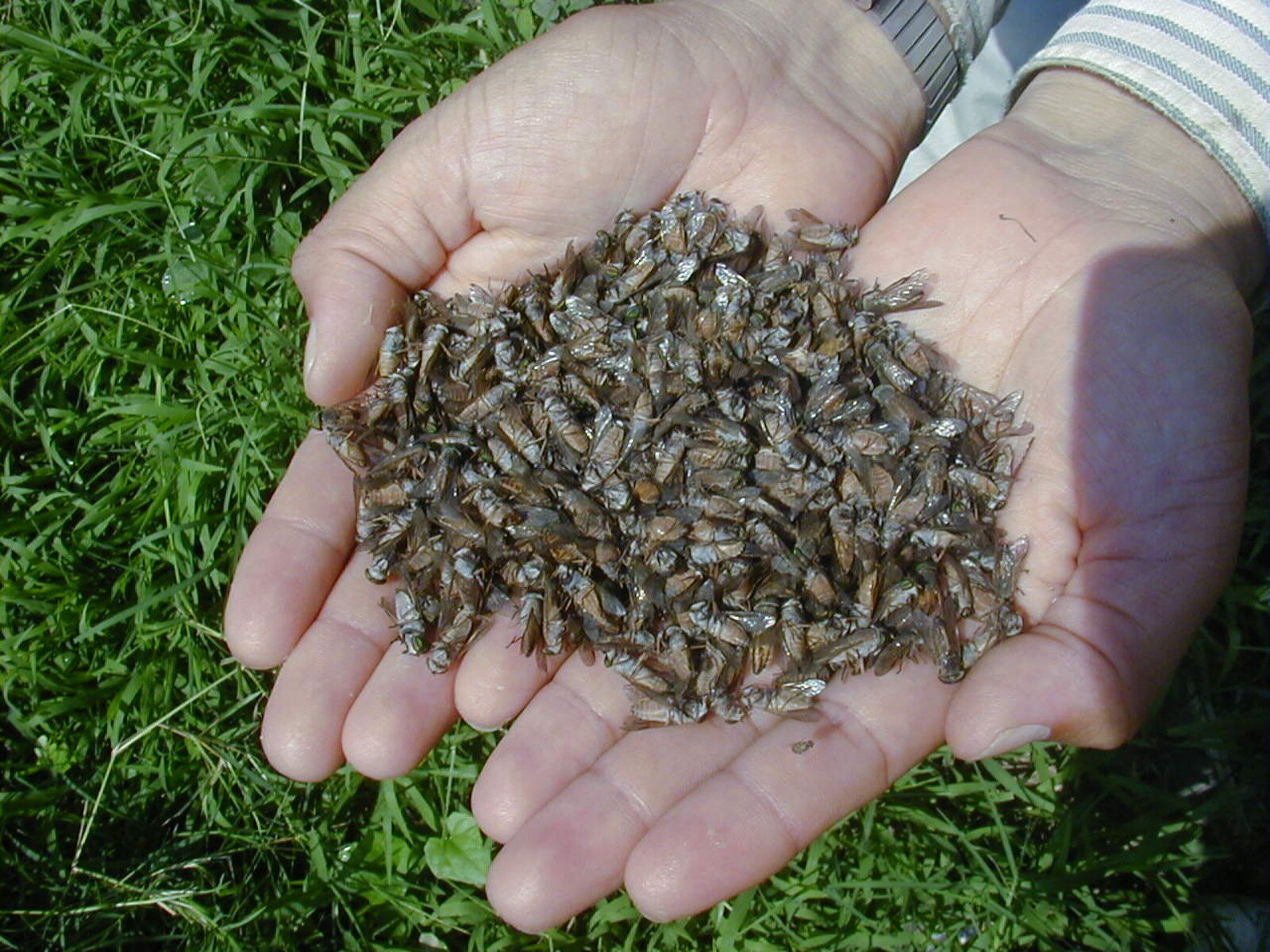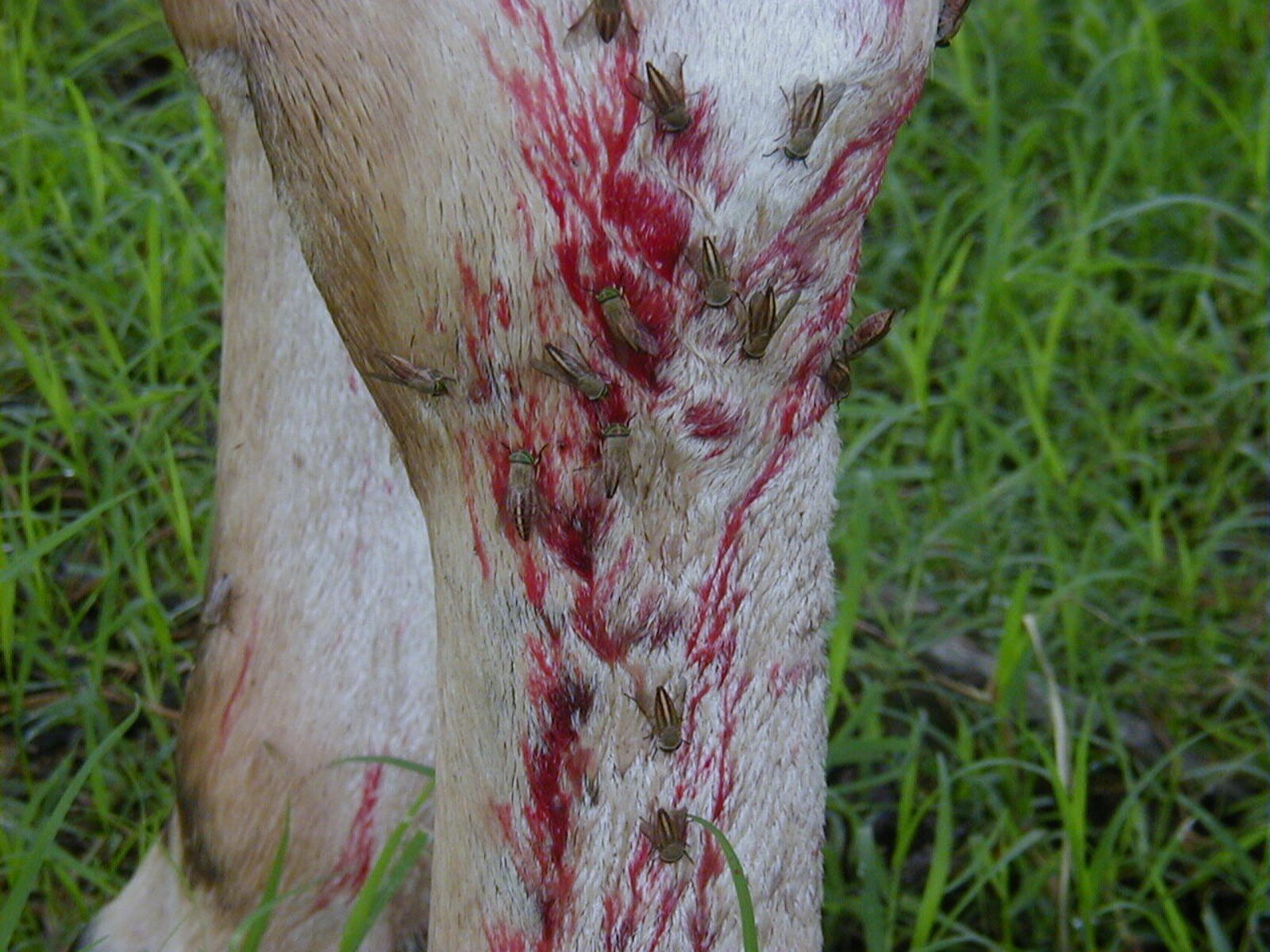One to One with Dr Martin Hall
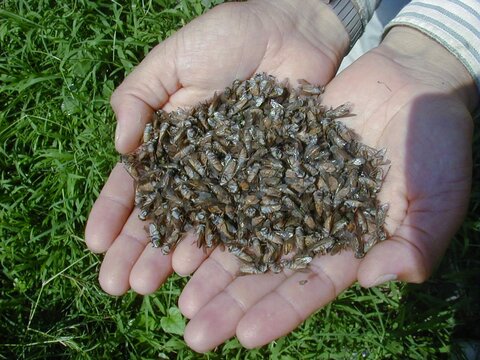
We have asked our management board to answer a few quick questions.
This month we are showcasing the responses from Dr Martin Hall:
What do you like most about the Gnatwork?
The Gnatwork provided me with a wonderful opportunity to end my career at the Natural History Museum in a role that took me into an area of entomology I had only ever been on the fringes of before - the world of small biting flies. I have spent considerable time on larger biting flies, tsetse and horse flies, but my only real experience with the smaller flies was when I had the privilege to work with John Boorman on a review of Culicoides in 1991.
It has been a pleasure to work on the Gnatwork Management Board with such a talented group of scientists, many of whom I worked with for the first time. Together we had a great range of different but complementary skills. I also enjoyed my first visit to Bangladesh and the chance to meet many young and dedicated early career scientists on the front line of dealing with disease vectors.
In addition, a project I was involved in was selected (when I was out of the room!) for funding. The challenge of working with blackflies and sand flies filled me with admiration for those entomologists who have chosen to work on such tiny creatures for their entire careers! My previous experience had largely been with flies I can see without my reading glasses. It was awe inspiring to peer inside the flies using micro-CT and to appreciate that, while they might vector the agents of some terrible diseases, they themselves suffer considerably from the consequences of infection.
What is your favourite paper?
Dethier, V.G. (1957) Communication by insects: physiology of dancing. Science, 125, 331-336. DOI:10.1126/science.125.3243.331
The aspect of entomology that excites me most is fly behaviour. So, while it is almost impossible to select a ‘favourite paper’ from the thousands I have read, one that was a great stimulus for me during my PhD studies was written by the late Vincent Dethier, Professor at the University of Massachusetts Amherst. Dethier was a great communicator to academics and to non-specialists alike. Most people are familiar with the dance of bees, but dancing flies?! Dethier introduced me to the complex ‘dance’ made by flies in response to a food stimulus, to keep them in an area where they are likely to encounter more food. It involves a reduced locomotor rate with increased turning and I enjoyed tracking my own flies across the day, using a crude, pre-video system. My wife, Helen, bought me a copy of Dethier’s wonderful short book, “To Know a Fly” (1962) when I was awarded my degree.
What is your favourite review paper?
Spradbery, J.P. (1994) Screw-worm fly: a tale of two species. Agricultural Zoology Reviews, 6, 1-62.
Philip Spradbery was an expert on wasps, but also spent more than a decade working on the Old World screwworm fly in Papua New Guinea. His review was prompted by the introduction of the New World screwworm fly into Libya and the raised interest this created in the devastating myiasis infestations of humans, livestock and wildlife that the larvae of these flies cause. It is an excellent example of scientific writing, full of information but written in an accessible style so that those starting with no knowledge of the subject come away well informed almost without realizing it. The passion of the author for his subject comes strongly across. I was lucky to meet Philip on several occasions when he visited the UK and enjoyed many discussions on myiasis while marvelling at his boundless enthusiasm and energy.
What was your most memorable field trip and why?
I have been fortunate not only to have been involved in field work on all continents apart from Antarctica, but also to have lived and worked in Africa for more than ten years. Many of my field trips while working in the Sudan after my PhD were memorable: enjoying a sunset whiskey with the wonderful Bill Langridge (RIP), discovering that Africa can get freezing cold at night, navigating remote regions without maps or GPS. These were the days before having to fill in risk assessments! However, my more recent memorable trips were those to Bolivia, studying horse flies as vectors of bovine trypanosomiasis. I camped on a farm in a region of Santa Cruz department known as Chocolatal, due to the wild cacao plants that grew there. The horse flies were fascinating, some subtle wasp mimics, others full on biting machines. In an area so under studied it was not difficult to find new species, even a new genus. After a day of studying their biting behaviour it was great to relax, floating in a stream that flowed through the farm and on to the Amazon, staring up at the magical and dramatic lightshow created by the interplay of distant stars with nearby ‘fireflies’ in constant motion. Occasional trips into the foothills of the Andes with the sounds of pan pipes and the sight of soaring Condors were a bonus. It was also where I first had my own experience of myiasis, with two infestations of Dermatobia hominis, the human bot fly!
